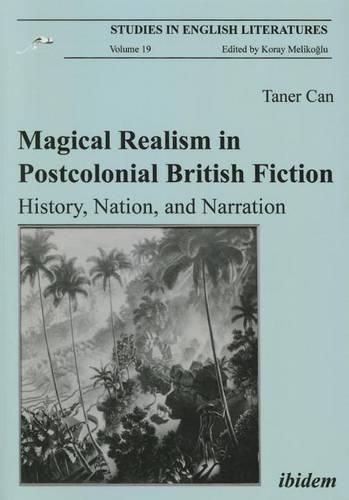Readings Newsletter
Become a Readings Member to make your shopping experience even easier.
Sign in or sign up for free!
You’re not far away from qualifying for FREE standard shipping within Australia
You’ve qualified for FREE standard shipping within Australia
The cart is loading…






This study delineates the cultural work of magical realism as a dominant mode in postcolonial British fiction through a detailed analysis of Salman Rushdie’s Midnight’s Children (1981), Shashi Tharoor’s The Great Indian Novel (1989), Ben Okri’s The Famished Road (1991), and Syl Cheney-Coker’s The Last Harmattan of Alusine Dunbar (1990). It first traces the development of magical realism from its origins in European painting to its appropriation into literature by European and Latin American writers. It then explores contested definitions of magical realism and the critical questions surrounding them and analyzes the relationship between the paradigmatic turn in postcolonial literatures and the concomitant rise of magical realism in Third World countries.
$9.00 standard shipping within Australia
FREE standard shipping within Australia for orders over $100.00
Express & International shipping calculated at checkout
This study delineates the cultural work of magical realism as a dominant mode in postcolonial British fiction through a detailed analysis of Salman Rushdie’s Midnight’s Children (1981), Shashi Tharoor’s The Great Indian Novel (1989), Ben Okri’s The Famished Road (1991), and Syl Cheney-Coker’s The Last Harmattan of Alusine Dunbar (1990). It first traces the development of magical realism from its origins in European painting to its appropriation into literature by European and Latin American writers. It then explores contested definitions of magical realism and the critical questions surrounding them and analyzes the relationship between the paradigmatic turn in postcolonial literatures and the concomitant rise of magical realism in Third World countries.